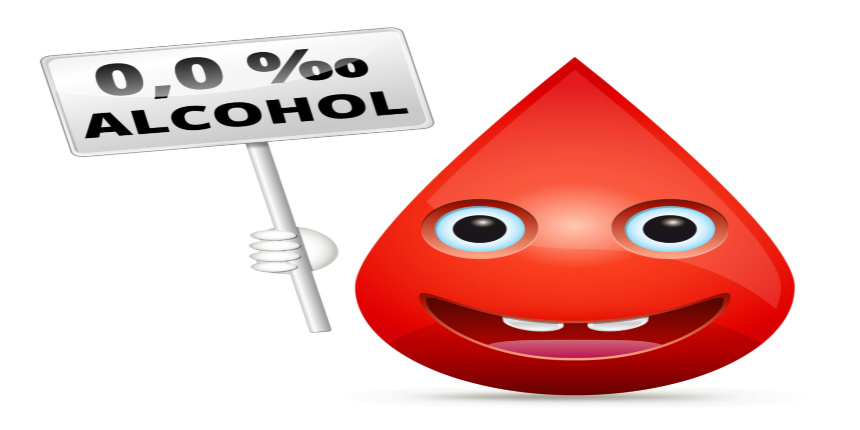BAC Full Form
What is the full form of the BAC?
BAC stands for Blood Alcohol Content. It is also known as the blood alcohol level test, blood alcohol concentration, blood ethanol concentration, and ethyl alcohol/ethanol test. It works as an indicator to determine the alcohol level in our body and calculate it. Its unit is gram per 100mL. A device called a breathalyser is used to measure it. They do not provide accurate results, so urine tests are also an alternative method to calculate BAC. This BAC test is done only within 6 to 12 hours of drinking for accurate results. Young adults and teenagers are especially at risk for binge drinking. The term "binge drinking" refers to consuming excessive amounts of alcohol in a short period of time, that increases the BAC level.
- What is the full form of the BAC?
- Need for BAC
- Factors that affect BAC

Need for BAC
The BAC is used for the following conditions:
Drinking and driving: In some countries consuming alcohol just before driving is prohibited, so BAC is used to check if the driver has consumed alcohol.
Alcohol poisoning: The BAC test is used to determine if anyone is suffering from alcohol poisoning which affects their heart, kidney or lungs.
Factors that affect BAC
Duration of alcohol consumed by the person.
Enzymes and their production rate in the body.
The number of drinks consumed.
Hormone rate in an individual.